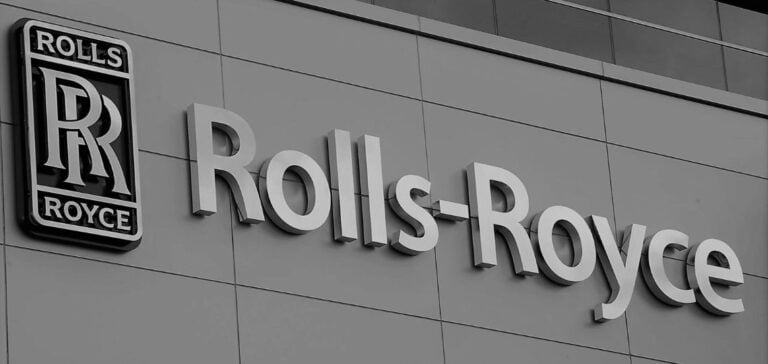Rolls-Royce SMR Limited, specialists in small modular reactors (SMRs), has reached a significant milestone in the UK’s Generic Assessment Process (GDA).
The GDA, conducted by the Office for Nuclear Regulation (ONR), the Environment Agency (EA) and Natural Resources Wales (NRW), consists of three stages designed to assess the safety, security and environmental protection aspects of nuclear reactor designs.
Successful completion of Stage 2 allows Rolls-Royce SMR to proceed to the final phase of the assessment.
In May 2021, the UK Department for Business, Energy and Industrial Strategy (BEIS) expands the GDA to include advanced nuclear technologies, including SMRs.
Rolls-Royce SMR submits its Notice of Intent for the GDA in November 2021, and its design is accepted for review in March 2022.
Stage 1 of the GDA begins in April 2022, consisting of defining the project scope and arrangements based on information provided by the company.
Substantial Technical Assessment
GDA Stage 2 represents the first in-depth technical review.
This stage follows the agreement on the scope established in Stage 1.
ONR confirms that substantial progress has been made by Rolls-Royce SMR and the regulators.
This phase is distinguished by the delivery of Stage 2 declarations, marking a first since the modernization of the GDA process.
According to Rob Exley, Head of GDA at ONR, this assessment is a pioneering one for SMRs.
Helena Perry, Director of Safety and Regulatory Affairs at Rolls-Royce SMR, points out that the successful completion of Stage 2 is crucial to the deployment of SMRs in the UK.
She notes that this step strengthens the chances of delivering low-carbon nuclear power, and contributes to the national goal of net zero emissions.
Project milestones and impact
The GDA for Rolls-Royce’s SMR reactor is scheduled to last 53 months, with completion expected in August 2026.
The reactor is one of six designs selected by Great British Nuclear for the SMR selection competition.
The project was one of five bids submitted by the July 8 deadline, with a final investment decision expected in 2029.
The Nuclear Industry Association has also submitted a justification request to the UK government for Rolls-Royce’s SMR reactor, a first for a reactor design in the UK.
This application is essential for the validation of new nuclear technologies in the country.
Impact on the Nuclear Sector
Rolls-Royce SMR’s transition to GDA Stage 3 represents a major development for the UK nuclear power sector.
This advance could have important implications for the future acceptance and implementation of SMRs, contributing to the diversification of low-carbon energy solutions.
Industry observers await the results of the final phase with interest, as they could influence policy and investment in the nuclear field.






















